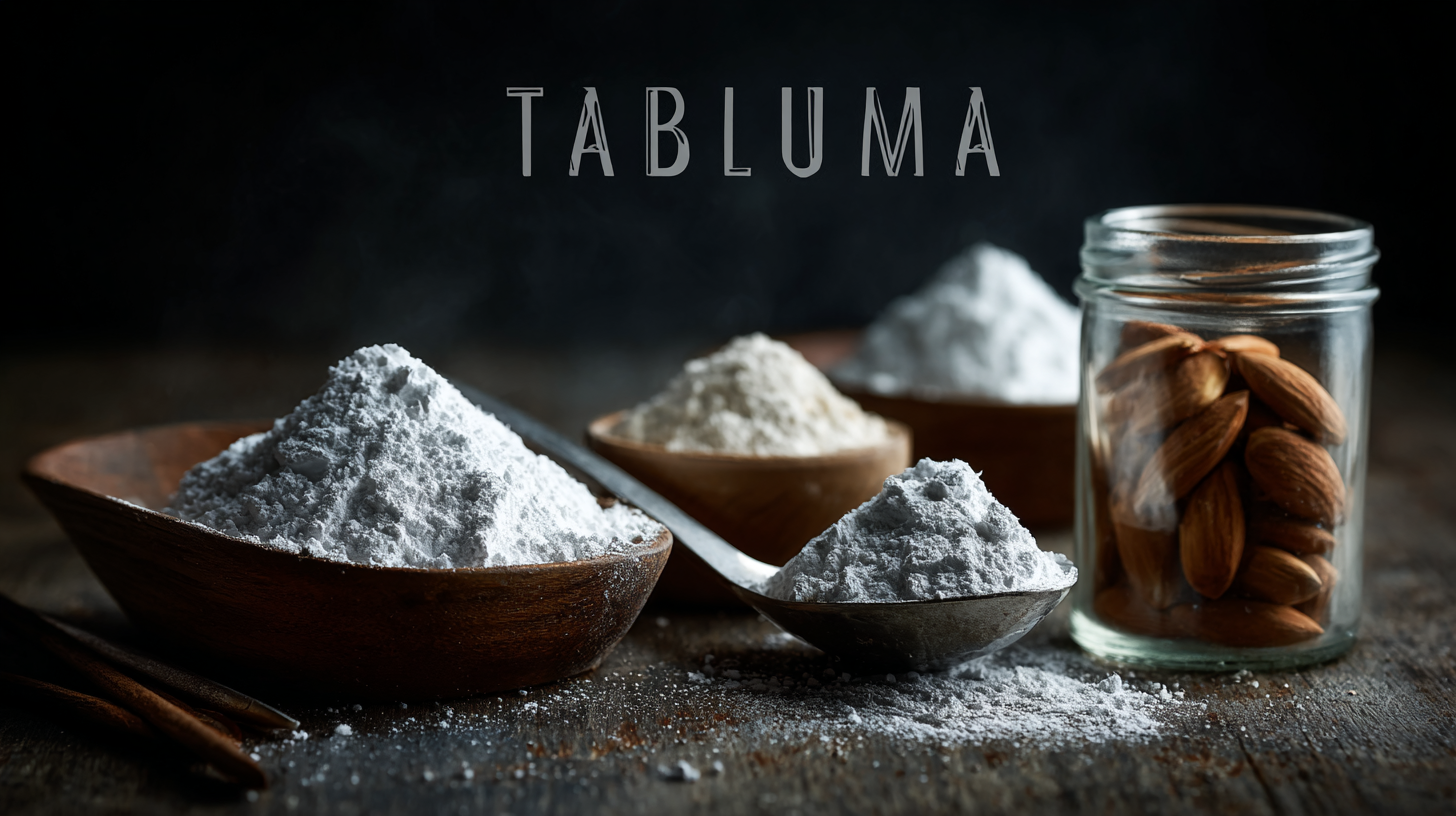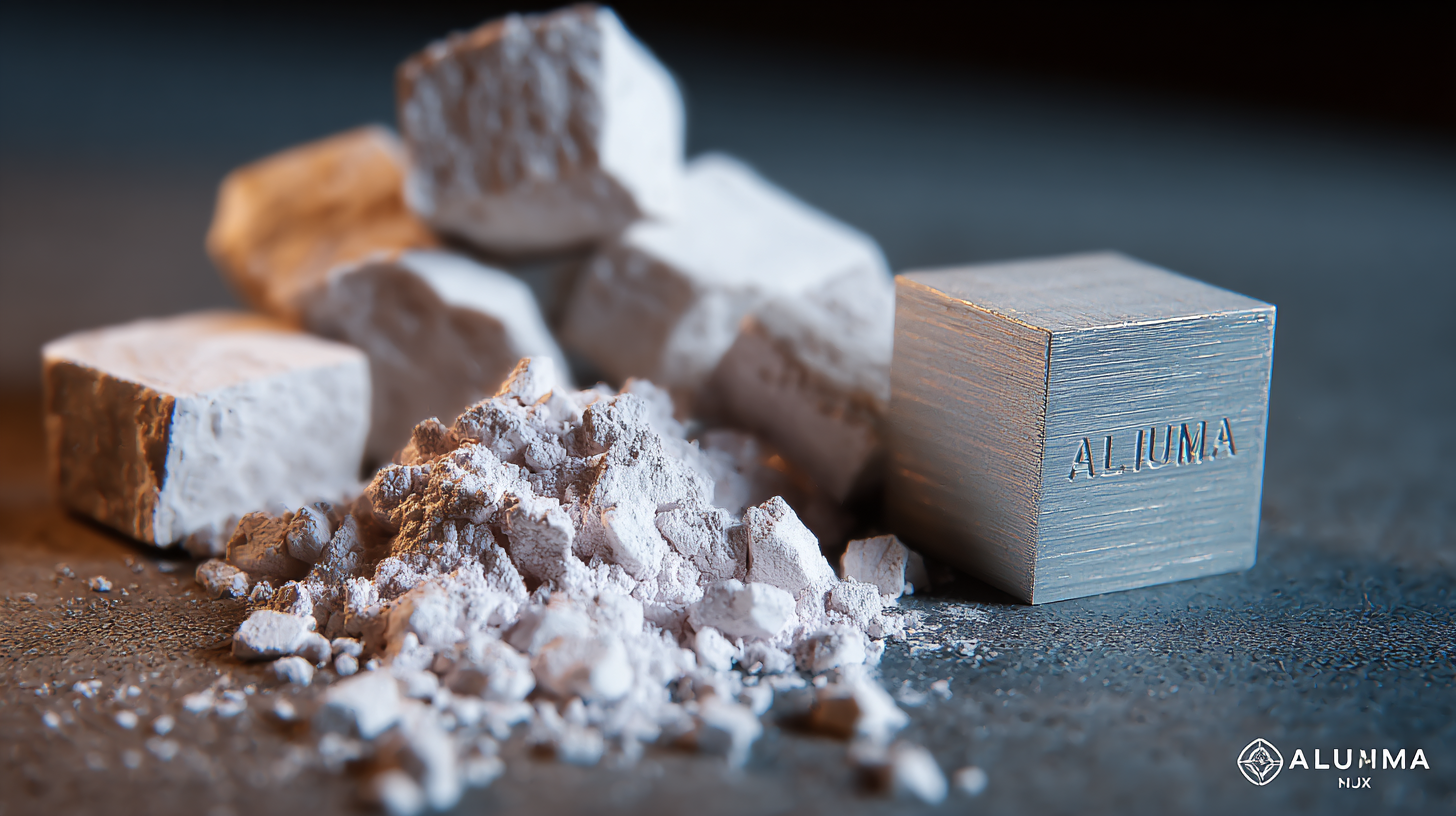In the ever-evolving landscape of material science, Tabular Alumina has emerged as a critical component for various industrial applications, owing to its exceptional properties such as high thermal stability, enhanced mechanical strength, and excellent chemical resistance. According to a recent report by MarketsandMarkets, the global market for advanced ceramic materials, including Tabular Alumina, is projected to grow from USD 53.9 billion in 2020 to USD 81.5 billion by 2025, at a CAGR of 8.6%. This remarkable growth is largely driven by the increasing demand in sectors such as aerospace, electronics, and ceramics manufacturing. Understanding how to select the best Tabular Alumina for specific applications is vital for optimizing performance and ensuring durability.

In this ultimate guide, we will delve into the various types of Tabular Alumina, their unique characteristics, and how to make an informed choice that aligns with your technical requirements and industry standards.
Tabular alumina, a high-purity aluminum oxide material, is renowned for its unique properties that make it suitable for various industrial applications. Its superior thermal stability, with a melting point exceeding 2050°C, makes it ideal for high-temperature operations, particularly in the refractory and ceramic industries. According to a report by MarketsandMarkets, the global tabular alumina market is projected to grow from $450 million in 2021 to $650 million by 2026, reflecting an increasing demand in sectors such as steel and cement.
One of the remarkable qualities of tabular alumina is its low porosity and high mechanical strength, which contribute to its effectiveness as an abrasive and in applications requiring structural integrity. Its thermal conductivity is notably high compared to other aluminas, enhancing its performance in thermal management applications. The International Journal of Advanced Manufacturing Technology emphasizes that products made with tabular alumina can withstand significant thermal shock, making them a preferred choice in environments subjected to rapid temperature changes. This versatility ensures that industries are increasingly acknowledging the critical role of tabular alumina in optimizing production processes and enhancing product longevity.
 When selecting tabular alumina for your specific applications, several key factors come into play. First and foremost, consider the grain size and distribution. The effectiveness of tabular alumina in various applications—such as refractories, ceramics, and abrasives—largely depends on its particle characteristics. Fine particles may offer better sintering properties, while coarser grains can enhance strength and durability. Make sure to evaluate the requirements of your project to determine the optimal grain size.
When selecting tabular alumina for your specific applications, several key factors come into play. First and foremost, consider the grain size and distribution. The effectiveness of tabular alumina in various applications—such as refractories, ceramics, and abrasives—largely depends on its particle characteristics. Fine particles may offer better sintering properties, while coarser grains can enhance strength and durability. Make sure to evaluate the requirements of your project to determine the optimal grain size.
Another crucial aspect to consider is the purity and chemical composition of the tabular alumina. Higher purity alumina often leads to improved performance in high-temperature applications or environments subjected to corrosive substances. Understanding the exact specifications required for your application will assist in making an informed choice. Furthermore, review the supplier's quality control measures to ensure consistency in their product offering. By focusing on these factors, you can confidently select tabular alumina that meets your exact needs and enhances the performance of your applications.
When selecting the ideal alumina for industrial applications, understanding the comparative properties of tabular alumina versus other alumina types is crucial. Tabular alumina, known for its high density and low porosity, boasts exceptional mechanical strength and thermal stability. Industry reports indicate that tabular alumina can withstand temperatures up to 1850°C, making it highly suitable for refractory applications. In contrast, other alumina types, such as alpha alumina or calcined alumina, typically exhibit lower thermal resistance and porosity, which can limit their performance in demanding environments.

Furthermore, tabular alumina's unique production process—where it is sintered at high temperatures—results in superior grain structure and better resistance to abrasion and chemical corrosion. According to a market analysis by Grand View Research, the demand for tabular alumina is projected to grow at a CAGR of 5.2% through 2027, driven primarily by its applications in steel making and ceramics. Meanwhile, traditional calcined alumina, while still widely used, is experiencing stagnant growth due to its less advantageous properties in high-performance settings. Thus, for applications requiring enhanced durability and thermal responsiveness, tabular alumina stands out as the more effective choice compared to its counterparts.
When selecting tabular alumina for industry-specific applications, understanding the distinct properties and benefits of this material is crucial. In sectors such as ceramics, metallurgy, and refractories, tabular alumina is preferred for its exceptional thermal stability, low porosity, and high mechanical strength. For ceramic manufacturing, using high-purity tabular alumina can greatly enhance the durability and performance of end products, allowing for better resistance to wear and thermal shock.
In the metallurgy industry, tabular alumina serves as an effective grain refining agent, improving the microstructure of metal alloys. Best practices dictate that its particle size and distribution be carefully matched to the specific requirements of the application to optimize results. In refractories, tabular alumina's low reactivity and high melting point make it an ideal choice for linings in extreme environments, ensuring longevity and reducing maintenance costs. By tailoring the selection and application techniques, industries can leverage the unique advantages of tabular alumina to achieve superior performance in their processes.
When selecting the best tabular alumina for your specific applications, it's crucial to consider key suppliers that meet your requirements. Look for suppliers with a solid reputation in the industry, as well as those who adhere to rigorous quality control standards. This ensures that you receive a consistent and high-quality product that can enhance your processes.
Tips: Assess the supplier's certifications and compliance with industry standards. Make sure they can provide documentation that demonstrates their commitment to quality. Additionally, evaluate their customer service capabilities. A responsive supplier can provide valuable insights and assistance, which can be crucial for making the right choice.
Another important factor is the supplier's experience and track record. Suppliers with a significant history in the market will likely have a better understanding of the different applications and requirements for tabular alumina. They can guide you based on your specific needs, helping to avoid common pitfalls and ensuring optimal performance of the material in your operations.
Tips: Request case studies or testimonials from the supplier to gauge their expertise in your industry. This will help you identify if they have successfully supplied materials for applications similar to yours, giving you peace of mind in your selection process.
